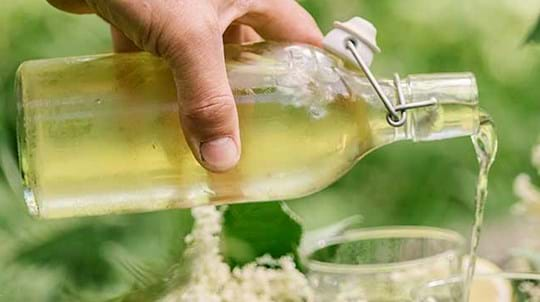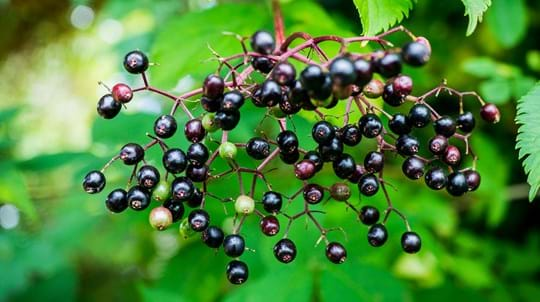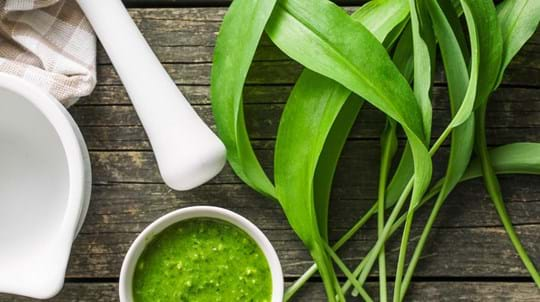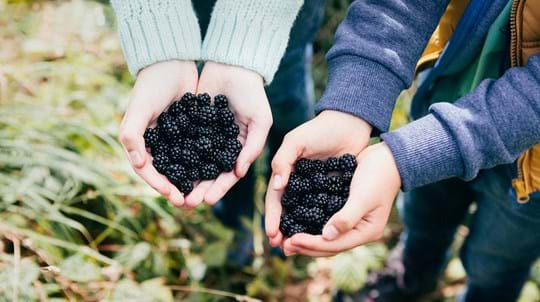
Identify British trees with our free app
Get an A-Z guide of trees. Download our tree ID app for Android and iOS.
Download the app
Content manager, botanist and tree lover
Elder (Sambucus nigra) is one of our most familiar trees and few plants have featured more in British folklore and traditional medicine.
The creamy-coloured sprays of highly scented flowers have been made into teas and infusions, used to flavour cooked fruit, jams, jellies, ices and form the basis of elderflower fritters. But elderflowers are most valued for the refreshing, summery cordial they make.
The abundance of elderflower cordial recipes out there reflects its long heritage of use and popularity, but this one is my favourite. It’s fragrant and delicate and is super easy to make.
This fantastic, aromatic cordial has a stunning, summery flavour.
Serve with sparkling water for a refreshing drink or add to sparkling wine or champagne for a delicious cocktail.
Add a splash or two, undiluted, to fruit salads or anything with gooseberries or dilute one part cordial to two parts water for fragrant ice lollies. You could even drizzle it over lemon sorbet.
Make elderflower cream by adding a few tablespoons of elderflower cordial and a sprinkling of icing sugar when whipping cream. This livens up any recipe using cream – especially trifles, pavlovas and Eton mess.
There is often spectacular flowering, but the elderflower season is generally short. Look out for them from late May to mid-July, depending on where you live in the UK.
Freshly picked flowers make the best cordial. The flowers quickly lose their heady scent within a few hours, so make sure you have time to make the cordial after picking.
Dry, newly opened flower heads have the best fragrance. Pick them from late morning on a dry day to make sure they are not soggy with dew, and don’t collect from roadsides in case they’re tainted with exhaust fumes.
When you’re collecting elderflowers, make sure you have permission from the landowner. See our guidelines for responsible foraging. Or you could even buy your own elder tree to grow at home.

Get an A-Z guide of trees. Download our tree ID app for Android and iOS.
Download the app
Blog
Helen Keating • 03 Jun 2021

Blog
Helen Keating • 28 Sep 2022

Visiting woods
See what's in season with our guide to sustainable foraging with top tips on how to pick, cook and eat wild plants.

Visiting woods
Our favourite foraging recipes using wild harvested plants from the British countryside.

Visiting woods
Gather wild food without harming woods or wildlife. Follow our guidelines.